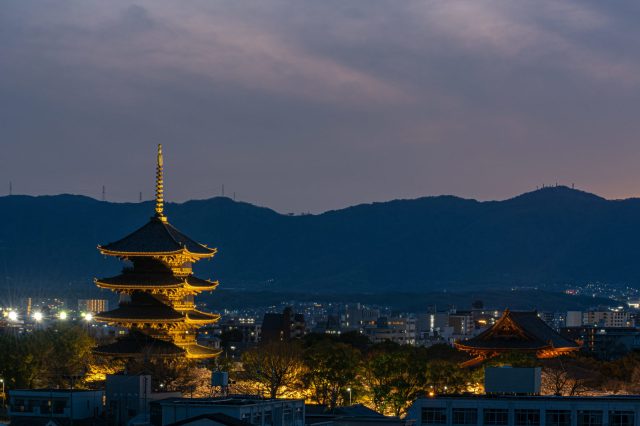
Waste not, want not.
In Japan, people tend to be cremated when they die, which helps our chances somewhat in the event of a zombie apocalypse. However, it is not without its setbacks. Cremation is an energy-intensive process and requires specialized equipment, so the places that can perform it are limited.
Take Kyoto City for example. They’re said to have only one major crematorium at the city-run Kyoto Central Funeral Hall in Yamashina Ward. To make matters more troublesome, in the Kansai regions of Japan, particularly in Kyoto and Nara, there is a very old custom of the bereaved only removing certain bones of the deceased after cremation and transporting them to the family grave. The remaining remains are buried by the crematorium on their own premises.
Kyoto Central Funeral Hall’s “grave,” for lack of a better word, that it deposits all the leftover ashes in together has been filling up recently. As a result, the city instituted a method for reducing the current volume of ashes by sifting out the unincinerated bone fragments and crushing them into smaller pieces, and during this sifting process, precious metals were also found. That’s when a huge golden light bulb turned on over Kyoto Central Funeral Hall.
A proposal was put forward to the city council to sell these metals that were once people’s dental work and survived the cremation. A gold filling here and there certainly isn’t worth a lot, but when filtering 39 tons of ash generated from 13,000 cremations between April and December of last year it adds up.
But don’t take my word for it, here’s a breakdown of the metals acquired:
● 7.1 kilograms (15.7 pounds) of gold
● 0.2 kilograms (0.4 pounds) of platinum
● 21.1 kilograms (46.5 pounds) of silver
● 6.2 kilograms (13.7 pounds) of palladium
All that adds up to 119 million yen (US$808,000) in precious metals. The city is currently discussing whether they should proceed with the sale and save the money for use when the funeral hall is in need of renovations. On one hand, it would be a waste to just throw away these useful and valuable substances. On the other hand, the plan certainly has a ghoulish feel to it.
Kyoto City is under no obligation to discuss it, since there’s legal precedence supporting their ownership over the remains. In addition, since all the remains are stored together, it would be nearly impossible to distinguish which metals belonged to whom in an effort to return them. Still, the city would like to get a sense of public opinion on the matter.
If online comments are anything to go by, people seem to understand that it’s a prudent decision, but also agree that it’s kind of creepy.
“I mean, it would be a waste to just throw it away.”
“I think it’s something a demon would do, but it is efficient.”
“I don’t feel good about it, but when you think about the environmental impact of mining these metals, it’s a much better option.”
“I think it’s very responsible to reuse what you can.”
“I think other cities do this to cover the equipment costs.”
“Pre-explanation is essential. Ask the families if it’s OK to remove it and there’s no problem.”
While getting the permission of the bereaved families would be the most ethical thing to do, the problem is that the metals are extracted by processing everyone’s ashes together. So, if just one of the 13,000 deceased’s family members objected, then the whole plan is quashed.
It would seem that city would go ahead with the idea regardless, because as many people agreed, burying 119 million yen is pretty wasteful. For those in the city who don’t want to continue paying taxes from beyond the grave, the best solution is to floss daily and go in for regular cleanings.
Source: Kyoto Shimbun, Hachima Kiko
Top image: Pakutaso
● Want to hear about SoraNews24’s latest articles as soon as they’re published? Follow us on Facebook and Twitter!

No hay comentarios:
Publicar un comentario